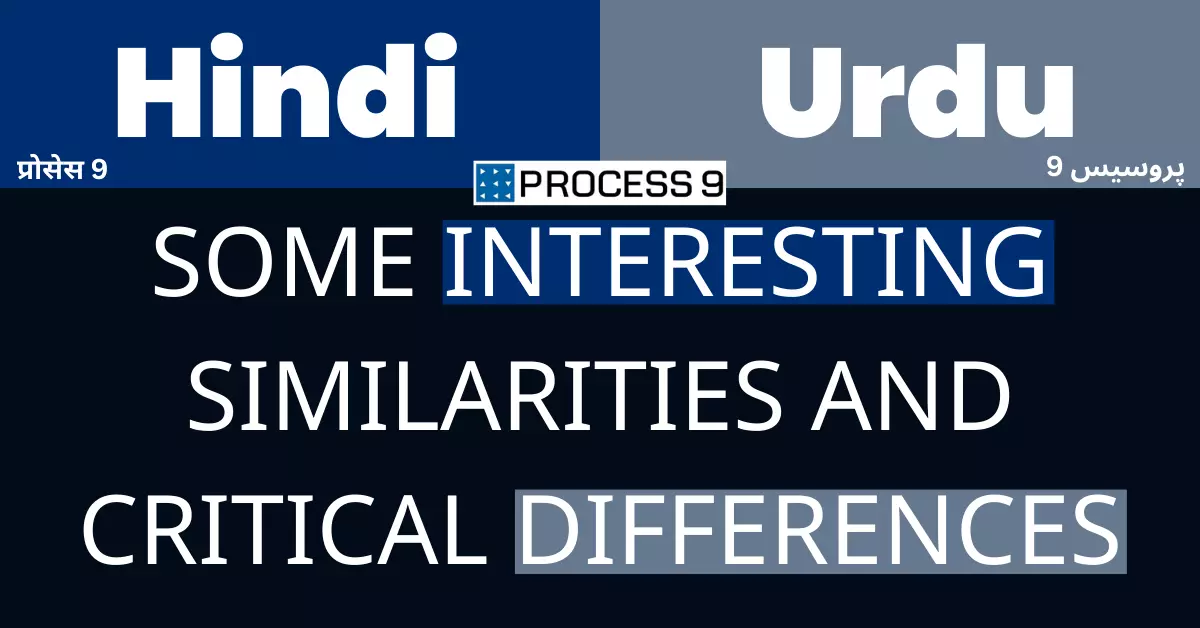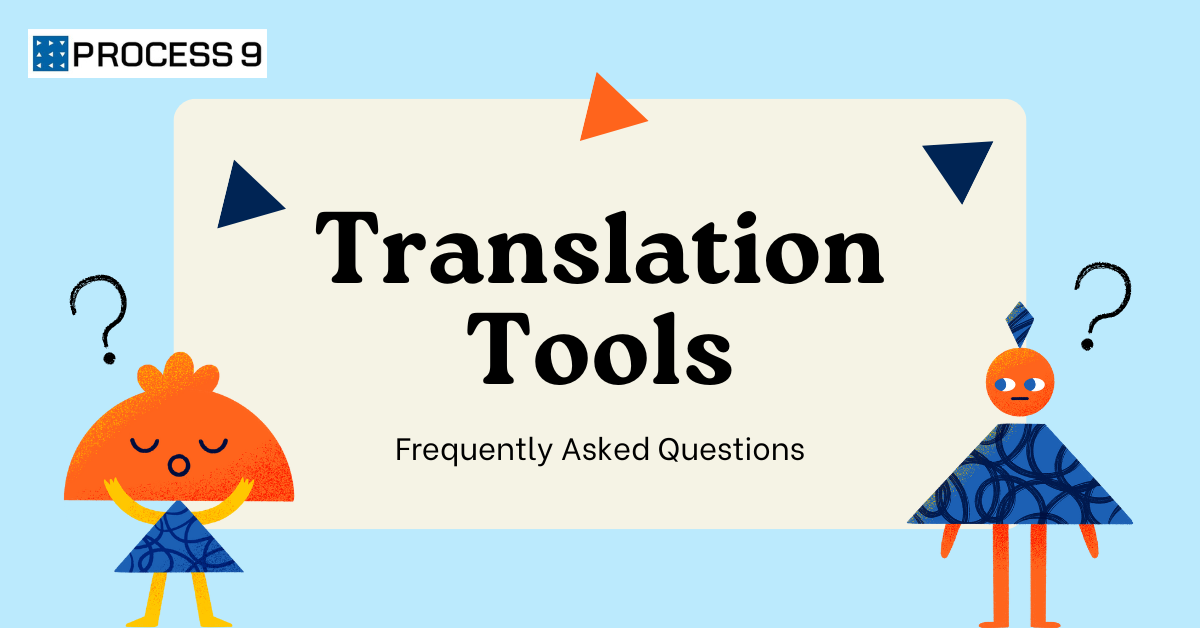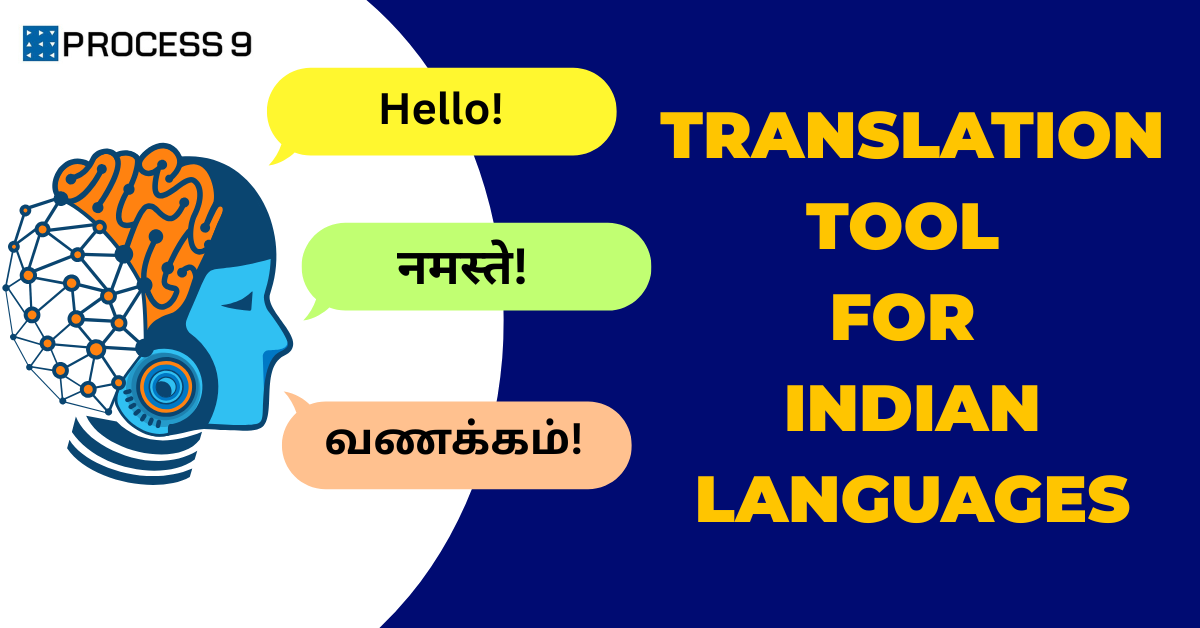Hindi and Urdu are two languages with a fair share of similarities and yet uniquely distinct in their own ways. These two languages share the same history and have descended from the same lingua franca. Both languages are mutually comprehensible and they represent the unique culture of their countries
Two Unique languages with a shared history
In the history of languages, Hindi and Urdu are descendants of a language called Hindustani. Hindustani is the lingua franca (language used for communication) of Northern India, Central India, and Pakistan. It belongs to the Indo-Aryan, Indo-European, and Indo-Iranian language families. The Hindustani language is derived from the Khariboli dialect. Khariboli also known as Kauravi, Dehlavi, or Vernacular Hindustani is a western Hindi dialect spoken in the rural surroundings of Delhi and areas of western Uttar Pradesh and southern areas of Uttarakhand in India. Khariboli is connected to four registers of standardized such as Dakhini, Rekhta, Hindi, and Urdu. The Khariboli language is considered a crude language by the orators of Hindi and Urdu standard dialects.
The ancestors of the Hindustani language were known as Hindui, Hindavi, Zaban-e-Hindi, Zaban-e-Hindustan, Hindustan ki boli, Rekhta, and Hindi. The Hindustani language was endorsed as a unifying language or fusion language by Mahatma Gandhi. The core vocabulary of the Hindustani language is derived from Prakrit which is a descendant of Sanskrit. It also has loan words from Persian and Arabic. Hindustani can be written in the Devnagri as well as Perso-Arabic Script. Hindi and Urdu are two standard registers (variety of languages) of the Hindustani language (also called Hindi-Urdu). Hindustani is a pluricentric language and depending on the geography and the social context it might lean towards either side.
The History of Hindi.
Hindi is an Indo-Aryan language that is primarily spoken in Northern, central, eastern, and western India. These regions are known as the Hindi-belt region. Hindi is one of the main registers of the Hindustani language and is based on the Khariboli dialect. The word Hindi means ‘of or belonging to Hind (India)’. The term Hindi was originally used to refer to the inhabitants of the Indo-Gangetic plain.
The other names used in the pace of Hindi are Hindavi or Hindui which means ‘of or belonging to Hindu people. This language is descended from Vedic Sanskrit through Shauraseni Prakrit and Sauraseni Apabrahmsa, In September 1949, the constituent assembly of India adopted Hindi written in Devnagri script as the official language of India replacing the previous usage of Urdu in British India. It is also recognized as a minority language in countries like South Africa and the United Arab Emirates. In 1954, the Indian government set up a committee to prepare the grammar of Hindi, and a report was released in 1958 as ‘A Basic Grammar of Modern Hindi’.
The History of Urdu
Urdu is an Indo-Aryan language that is mainly spoken in South Asia. Some of the key dialects on which Urdu is based are Dakhni, Dhakaiya, Rekhta, and Modern Vernacular Urdu. It is known as the persainaised register of the Hindustani language. The term Urdu is expected to have derived from’Ordu’ which means army in Turkic languages. It was first used by the poet Ghulam Hamdani Mushafi around 1780. By the end of 1700, the common language used in Delhi was referred to as ‘Zaban-e-Urdu’. Urdu was also referred to as ‘Moors’ which means Muslim by European writers. This language is descended from Persian and is written primarily in Perso-Arabic Script. In 1873, Urdu became the official language of the British East India Company replacing Persian which was used as a court language in the Indo-Islamic empires. In 1973, Urdu was recognized as the national language of Pakistan. It is also recognized as a minority language in South Africa. The cultural heritage of Urdu is recognized by the Constitution of India.
Hindi-Urdu controversy
The Hindi-Urdu controversy started in 19th-century colonial India. In 1837, Persian was recognized as the official language of government offices and lower courts in British India. The main reason for the controversy was the inception of Urdu in Urdu script in the northern states of the Indian subcontinent instead of Hindi in the Devnagri script. By 1867, Hindu communities of the United Provinces (present Uttar Pradesh) and Bihar started demanding the British government to change the Perso-Arabic script of the official language to the Devnagri script. This movement comprised various proponents including Babu Shiva Prasad of Banares, Madan Mohan Malaviya, etc. In April 1900, the British Government issued an order granting equal official status to both Devnagri and Perso-Arabic script.
Speaking population: Hindi Versus Urdu
According to statistics, more than 653 million people in the world speak Hindi as of 2022. Hindi is the third most spoken language in the world. In India, 43.6% ie 52.83 Crore people speak Hindi. Urdu is spoken by more than 234 million people across the world. In India, 4.19% ie 5.07 crore people speak Urdu. Urdu is the tenth most spoken language in the world.
Hindi Versus Urdu: Similarities and Differences.
Hindi and Urdu have similar grammar and phonology. Both languages descended from the Indo-Aryan language family and have the same origin and Indic base. The two languages are standard registers of the Hindustani language derived from the Khariboli dialect. Until the 19th century, there was no clear distinction between these two languages. Both languages are mutually intelligible and they share 70 to 80% of their vocabulary. Despite the fact that the percentage of influence varies from one language to another, Persian, Arabic, and Turkic have a significant influence on these languages.
Hindi uses the Devanagari script and Urdu uses the Perso-Arabic script. Hindi is written from right to left and Urdu is written from left to right. Both Hindi and Urdu are the official languages of India. The Eighth Schedule of the Indian Constitution lists 22 languages, which have been referred to as scheduled languages and given recognition, status, and official encouragement. Hindi has less influence from foreign variables whereas Urdu has a significant influence from foreign variables. The political vocabulary of Hindi and Urdu are different even though speakers can understand each other at a colloquial level.







Share: